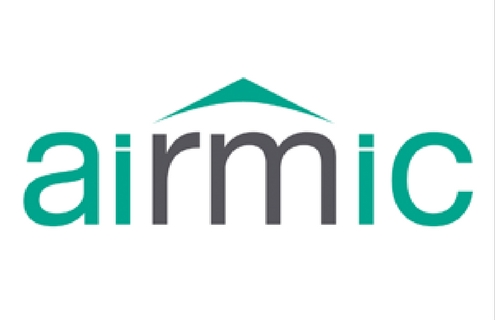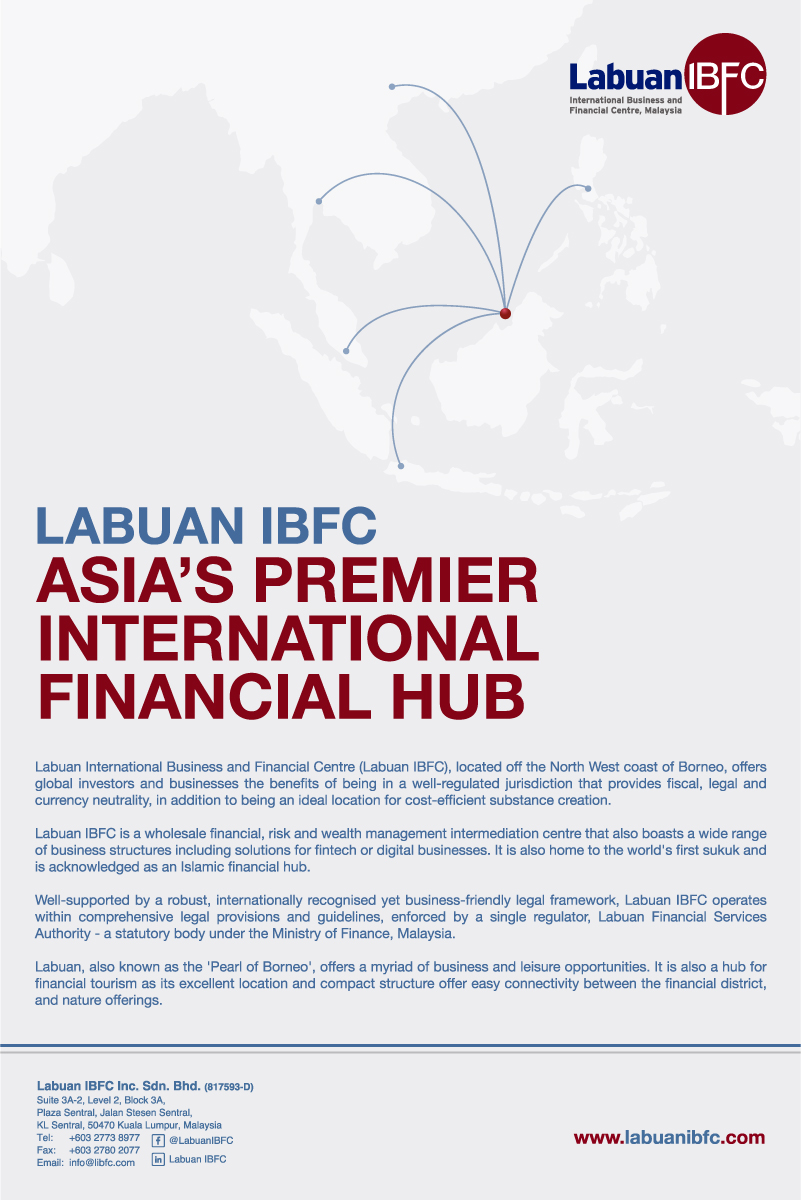Insurers and risk managers need to work together to develop a new business model based on partnership if they are to “retain value and relevance to businesses”, attendees heard at this year’s Airmic conference.
The three-part analysis, conducted by Airmic with AXA Corporate Solutions, Chubb and JLT Specialty, is based on a survey of risk and insurance managers, found that disruptive innovation driven by technological advances, globalisation and evolving corporate demands is threatening conventional insurance models that are geared towards protecting physical assets.
The speakers revealed that the growth of intangible assets is outpacing that of tangible assets, with 84 percent of the S&P’s 500 market value now held in intangible assets, up from 17 percent 40 years ago.
The analysis found that the vast majority plan to manage intangible risks in-house, either by reducing or retaining them. It also showed that risk and insurance managers are struggling to articulate the value of insurance to executive management and across the business.
In the first part of the analysis, AXA Corporate Solutions argued that the insurance industry must move away from a transaction-driven model towards a collaborative model where insurers and brokers work with risk managers to improve the understanding, prevention and mitigation of emerging risks.
It suggested that this should include providing more value-added and advisory services, such as legal and media support, where traditional insurance is limited or unavailable.
In the second report of the series, on digital transformation, Chubb explained to attendees that digital advancement and emerging technologies are key areas where insurers and risk managers can work together.
The survey found that cyber-related risks are top-five priorities for Airmic members, while disruption from emerging technologies is seen to be the fastest growing risk.
It revealed “clear demand” for greater support, both in terms of insurance and value-add services, especially for data recovery and business interruption.
Finally, the third report discussed the value of risk and insurance management. It explained that if insurance is to retain its relevance, the market must work together to ensure business executives understand its strategic value.
At the conference, JLT Specialty revealed that insurance is too often viewed as a “price-driven transaction”, with 39 percent of Airmic members struggling to articulate the value of insurance to their business.
According to JLT Specialty, “the market must ensure that insurance is better aligned to corporate goals—and that its value is clearly translated into business terms”.
Julia Graham, Airmic’s deputy CEO, who led the research, suggested the findings have deep implications for the risk and insurance communities.
Graham commented: “The insurance industry recognises that traditional insurance is losing relevance in face of today’s more complex and harder-to-define risks. And yet our members want support in understanding and dealing with these modern risks—both in terms of innovative products, but also in terms of broader support. The insurance industry must provide more than just risk transfer; this requires a shift in thinking but everyone will benefit.”






